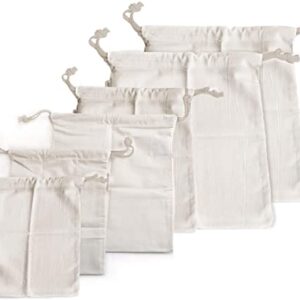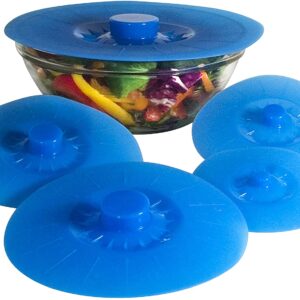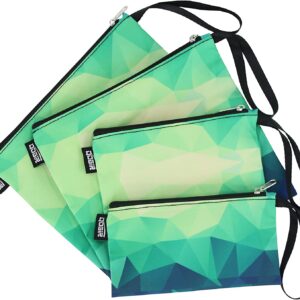Hey earth muffins! In the realm of convenience, the ubiquitous plastic bag has become a symbol of ease in our daily lives. However, beneath its seemingly harmless exterior lies a substantial environmental burden. In this post, we’ll delve into the adverse effects of plastic bags on the environment, answering the question “Why are plastic bags bad for the environment??”.
Read More ➥Tag: plastic
bookmark_borderIs BPA Free Plastic Actually Safe?
Hey earth muffins! Whether we like it or not, plastic is everywhere. I’ve been seeing things labeled as “BPA free” a lot more recently, which got me interested in the health around BPA and plastics. From doing some research, I thought it was a fascinating thing to write about… So let’s jump into a quick discussion on BPA and BPA-free plastics!

What is BPA?
BPA, also known as Bisphenol A, is a chemical used to make certain plastics since the mid-1900s. The plastics that often have traces of this substance are used in containers to store food and drinks (like water bottles). Now you might be asking, why is it bad? I’m not a scientist myself, but there is tons of evidence out there about BPA seeping right into the food and drink stored in those containers. Exposure to certain amounts of BPA can lead to numerous health effects on the brains of infants and kids. Not only that, studies show it can also lead to increased blood pressure, type 2 diabetes and cardiovascular disease. While the U.S. Food and Drug Administration (FDA) says it is safe in low levels, I personally would rather not expose myself to those risks.
Read More ➥bookmark_borderHow to Eat Less Plastic
Hey earth muffins! When you read the title of this blog post, you might have thought I made a mistake… Unfortunately, you read it correctly. Whether you know it or not, you actually ingest microplastics on a daily basis. This article suggests that we might eat a CREDIT CARD worth of plastic each week. 😳 Scary, right? Our society’s obsession with plastic is resulting in it everywhere – even the fetuses of unborn children! In today’s post, I will share some of my top tips for reducing the amount of plastic that gets into your body. Here’s all my thoughts on how to eat less plastic!
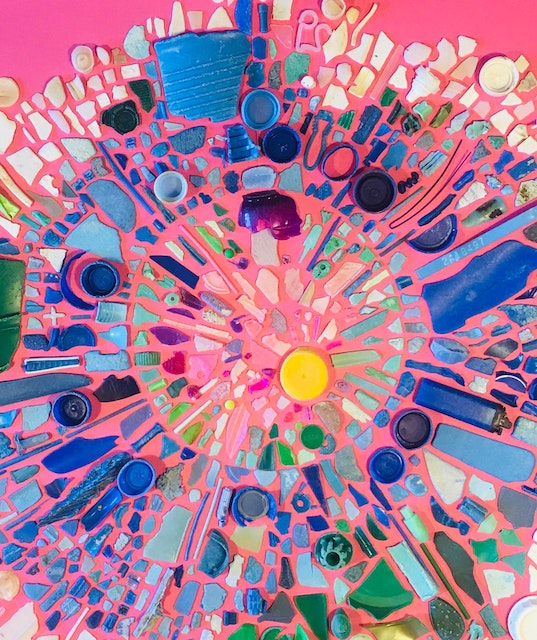
Avoid plastic water bottles at all costs.
Going completely plastic-free is a challenge because we use plastics in many aspects of our lives. However, I think this is a simple step everyone can take to reduce the microplastics we consume. Plastic water bottles are bad because (1) they cause a ton of pollution and (2) they leach microplastics into your water. Instead, opt for reusable water bottles! Always choose metal bottles over reusable plastic ones as well; I have a trusty Hydroflask that I carry with me everywhere. Reserve single-use plastic water bottles for emergency situations (a great example of when plastics aren’t all bad)!
Read More ➥bookmark_borderHere’s Why All Plastics Aren’t Bad – The “Good” Plastics in Your Life!
Hey earth muffins! It is crazy to think that Plastic Free July is almost over. The first half of this month was busy with my move, but the rest of it just flew by too. While Life of an Earth Muffin isn’t pro-plastics, this doesn’t mean I am against all forms of it. Meet the “Good Plastics” (and no, I’m not talking about Gretchen Wieners or Regina George)! 😂 Certain plastics, aka single-use ones, are “bad”… But there are actually plastics out there that are good for our civilization as a whole. For today’s post, I wanted to share a short list of these essential plastics; let’s jump right into it!
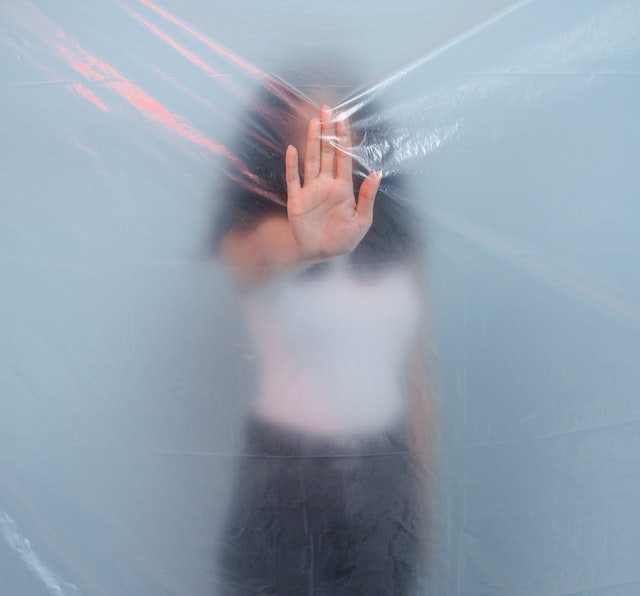
Plastics You Already Have Around the House
When you start caring about the environment and make the decision to go on an eco journey, you might be tempted to toss all plastics in the trash. But, I strongly discourage that! Odds are you have accumulated a ton of plastic in your lifetime. From plastic Tupperware in the kitchen to toys for your kids, there is a reason plastic is starting to be a problem – it is everywhere! I categorize plastics you already have into this “good” category because you can reuse it for as long as it lasts. Which, if taken care of properly, can be many years. There is no point in tossing plastics just because they are made of a certain material. The basis of an eco lifestyle is to use what you have and reduce your consumption – both can be achieved by using up the plastics already in your home. For more ideas on how to use plastics you already have, check out this guide!
Plastics Used in Health Services
I think it is safe to say this pandemic gave me a new appreciation for health care workers! It also made me think about plastics used in the healthcare industry. As I mentioned in my Will the COVID Pandemic Stop the Sustainability Movement? post, we have seen things like disposable masks littering the ground. But on the flip side, there has been a ton of plastic created during the distribution of vaccines – which I think is totally fine! A lot of plastics get tossed each day in healthcare, but this allows for sterilized instruments and literally lifesaving procedures to be performed. If that isn’t “good”, I don’t know what is!
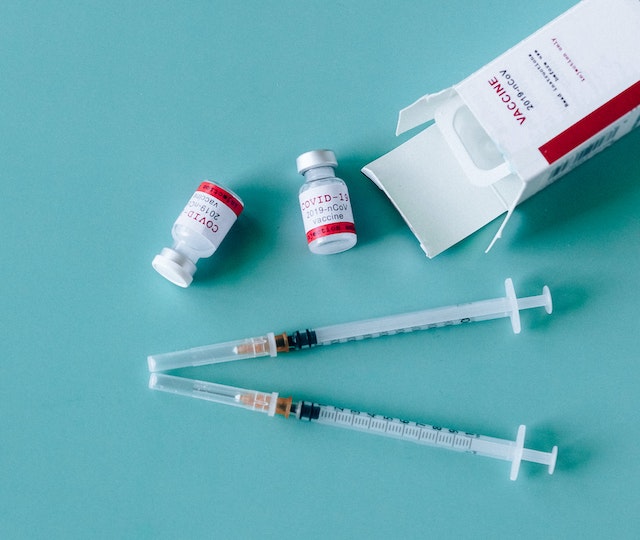
Plastic Water Bottles for Areas that Need It!
If you have access to clean drinking water, there is no need for bottled water. I suggest buying yourself a stainless steel reusable water bottle and getting in the habit of carrying it everywhere. By doing this you can avoid using plastic water bottles for no reason. On the flip side, bottled water is amazing for areas that don’t have clean water! Take an example close to my home, the Flint water crisis. Without bottled water bottles, thousands of people would have absolutely no access to any clean water. This rings true for countries all over the world as well. While plastic water bottles get a bad rep, they have a good side too!

Concluding Words about “Good” Plastics
Just like with anything, there are good times and bad times to use plastic. For an eco-minded earth muffin, I recommend avoiding plastics as much as possible… But don’t totally condemn them! There are many places where they are truly instrumental in providing clean water, non-contaminated food, and healthcare to folks around the world. Plus, you should use (and then reuse) all of the plastics you already have in your home. Mother Earth will thank you for that as we come to the conclustion of Plastic Free July. What other “good” plastics do you use in your daily life?
Love,
Jenna ♥
bookmark_borderEasy Sustainable Swaps to Make this Plastic Free July
Hey earth muffins, I hope everyone has been enjoying the first half of Plastic Free July! It is crazy to think that the challenge is almost 50% over; but don’t worry, that is plenty of time to continue your sustainable journey! 😊 When I became passionate about reducing my impact on the planet, I often got asked what sustainable swaps are “easiest” to make first. As many of you may be starting your own adventure towards living low-waste, I thought I would share the best (and budget-friendly) switches you can make today!
3 Sustainable Swaps Everyone Should Make!
~Buy yourself a safety razor! I cannot recommend one enough. You will save money in the long term by avoiding the need to purchase another razor; plus, you will prevent a ton of disposables from ending up in the landfill. They are easy to use and give such a nice shave! The razor blades can last for quite some time, and you can buy a pack of 100 for only $7.

~Invest in some reusable produce bags. I feel like most people come across reusable bags from college events, conferences, etc. but it is nifty to have some for produce or bulk bin shopping. They are cheap, can be thrown in the washing machine, and save you from using those single use plastic bags at the grocery store. 🎉 Click on the images below to check out my favorites!
~Switch to bar bathroom products! I’ve raved about why I use bars over bottles in the past, and I will continue to do so to avoid the plastic that comes with many bath products. It is easy to find bar products now: homemade soaps at the farmer’s market, shampoo bars from Lush or on Amazon, even specialty websites like Ethique! Make sure you use up your plastic bottles before switching.
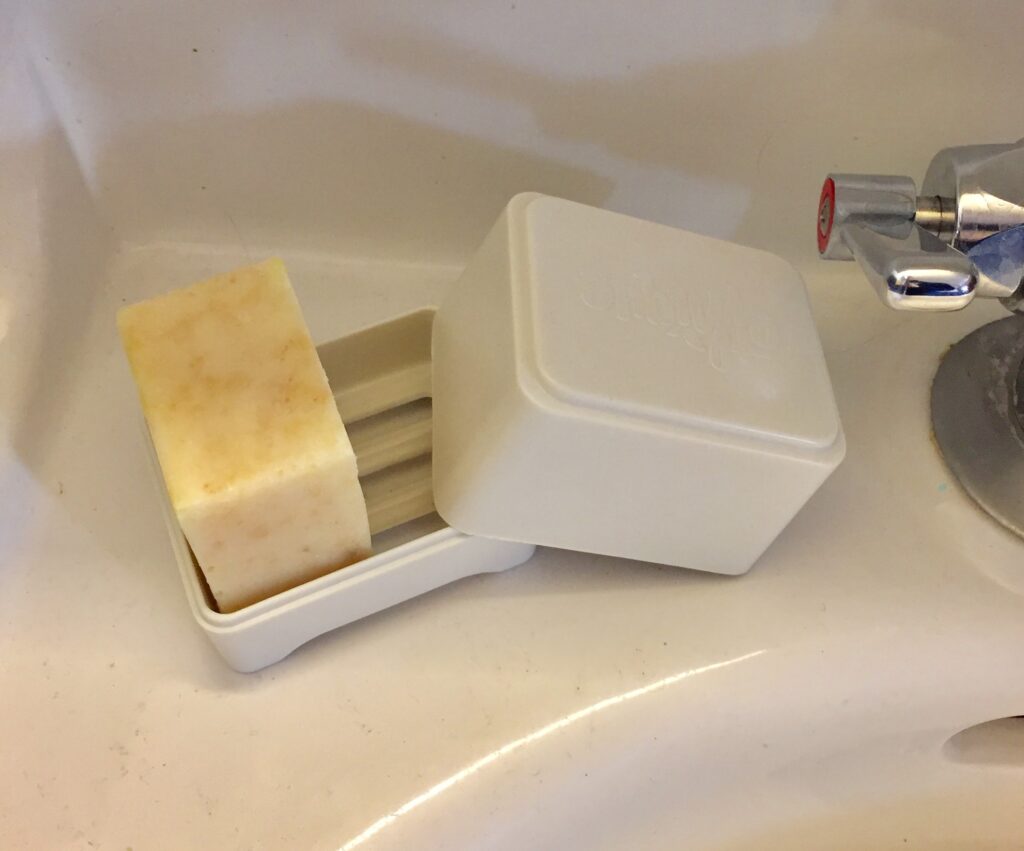
2 Easy Swaps You Can Make!
~Buy reusable cotton swabs. I don’t use Q-tips to clean my ears (I prefer either using water or a metal ear pick). But, I have an acne cream that has to be applied with a cotton swab. I decided to purchase a set of reusable cotton swabs to ensure I wasn’t creating any excess waste! My skin is quite prone to break outs if I’m not careful; I definitely wasn’t about to give up the cream that works! Check out companies like Last Swab or knock off Amazon versions (which do tend to be cheaper!).
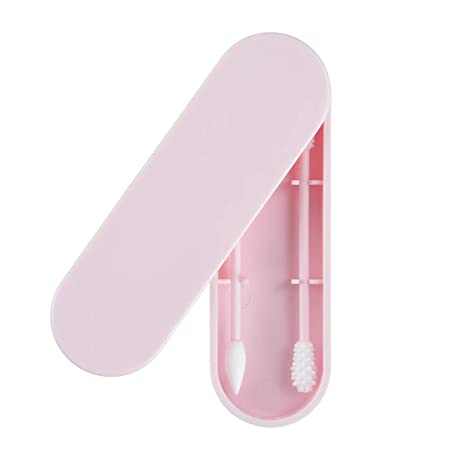
~Find an alternative to saran wrap! I got a comment regarding replacement options for plastic wrap on my post about what to do with old plastics in your home. There are quite a few easy sustainable swaps you can make. My faves are beeswax wrap, silicone covers, reusable Ziploc bags, and reusing containers you already have! If you are interested in any of these, click on the picture below to learn more 🙃
All in all, there are SO many easy sustainable swaps you can make during Plastic Free July! 😁 These were some of the first ones I made, so I highly recommend. I also featured some other swaps on my Instagram account; make sure to check that out as well! What are you doing to stay sustainable this Plastic Free July?

Love,
Jenna ♥
bookmark_borderWhat To Do With Old Plastic Already in Your Home
Hey muffins, Happy Plastic Free July! 😁 I cannot believe that this is already my third year participating in the challenge. This year I will actively post on this blog AND post every single week-day on my Instagram. Make sure to follow me to never miss any of the challenge content! While I shared a waste audit last year after the challenge came to an end, I don’t think I will be able to do so this year; I am moving mid-July which will ultimately result in me using more plastic than I would like… So, it seems kinda silly to collect it all and add to the chaos of moving across the state. Regardless of what I am doing, I challenge you all to try to collect all of the new plastic you use this month! 🥰 To kickoff this challenge I would like to discuss “old plastic” that you have in your home.
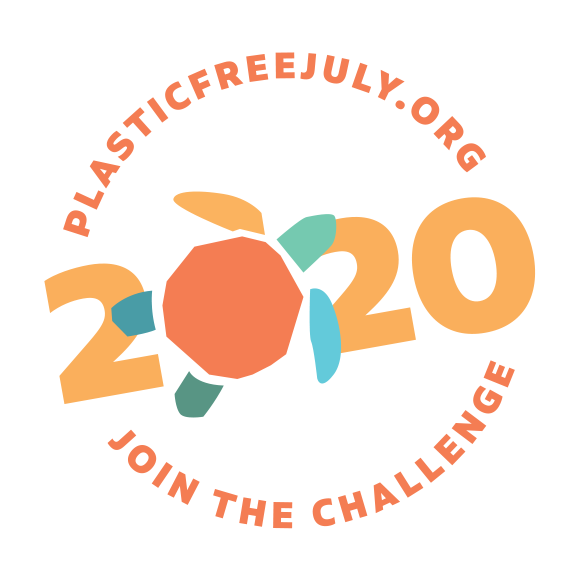
When making the decision to live more sustainably, there is a huge probability that there are already plastics in your house. Even if you have been doing little things to reduce your plastic consumption, there is no doubt that there will still be plastics around. So, what are you supposed to do with them when you decide to go plastic-free, zero waste, or “green”??? Here are my suggestions for dealing with old plastic that is already in your home!
1. Use Up Your Old (Single Use) Plastic!
After I made the decision to reduce my plastic consumption, the plastics I had in my apartment at the time stuck out: Saran wrap, Ziploc bags, plastic bags, food packaging, etc. It would be foolish to just throw all of this away! So, do what you would normally do and use it up. Eat those potato chips, use those bags for lunches. If you are able, try finding second uses for something that is “single use”. Reuse the Saran wrap or Ziploc bags or use plastic grocery bags for the bathroom trash. The important thing to remember this: when the plastic has been used up, find a new sustainable alternative that is plastic-free!
2. Recycle Them Properly!

As your plastic products start to dwindle, make sure to do your research. Disposing of it in the most eco-friendly way possible is a great step for Plastic Free July! Recycling, while not the best solution, is a great option for certain plastics. It is important to check your local recycling center’s guidelines on what plastics they will accept. There are also other ways to get rid of your used-up plastics including programs like TerraCycle. Even if you don’t think something can be reused, I suggest Googling it before chucking it in the trash! I was surprised to learn that some companies like Crayola even take back used up markers and pens. If you are unable to recycle or send back to a company, I suggest trying to find a new use for it in your home. This will still prevent it from sitting in a landfill for thousands of years! 🌎
3. Keep Old Plastic and Use it!
If something is durable and will last a long time, then keep it even though it is plastic. What good is being “zero waste” if you just add to the waste of a landfill by throwing out everything that isn’t “sustainable”? I have plenty of plastic still in my apartment from my travel toiletry bag to the hairbrush I bought five years ago. I am hopeful that they will last for many more years before I dispose of them properly.
In summary, it is important to utilize the resources you have already consumed. Whether you are trying to reduce your plastic or are on a journey towards living low waste (like me!), reusing what you already have should be the number one priority. Don’t buy sustainable products just because you want the aesthetic of an environmentally friendly home; a few pieces that have been reused for a long period of time is more helpful to Mother Earth! Will you be participating in Plastic Free July this year??
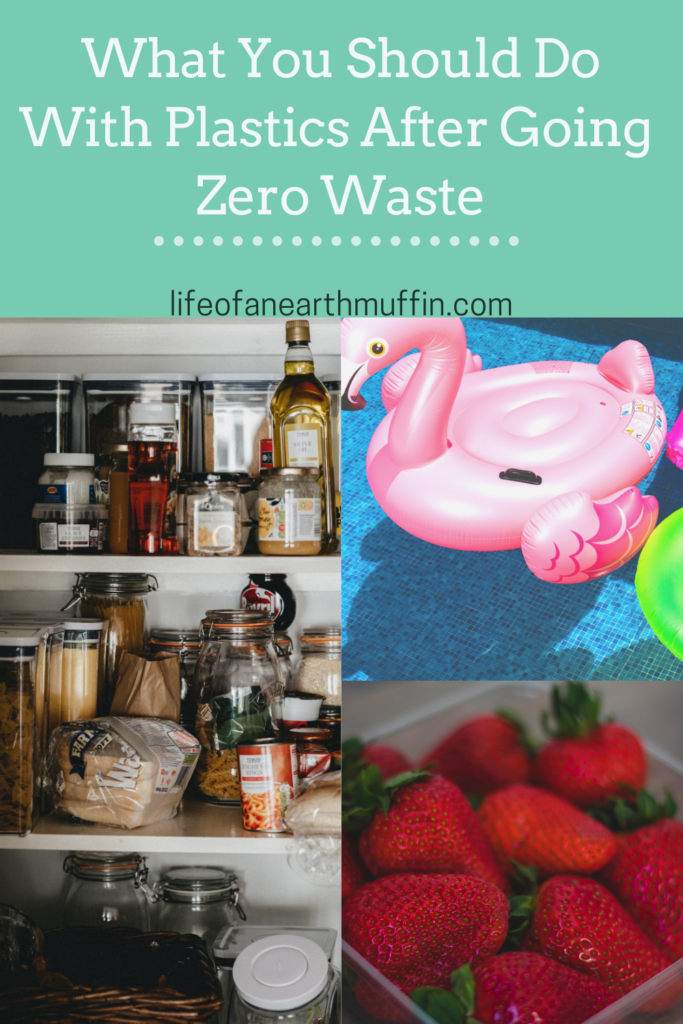
Love,
Jenna ♥

